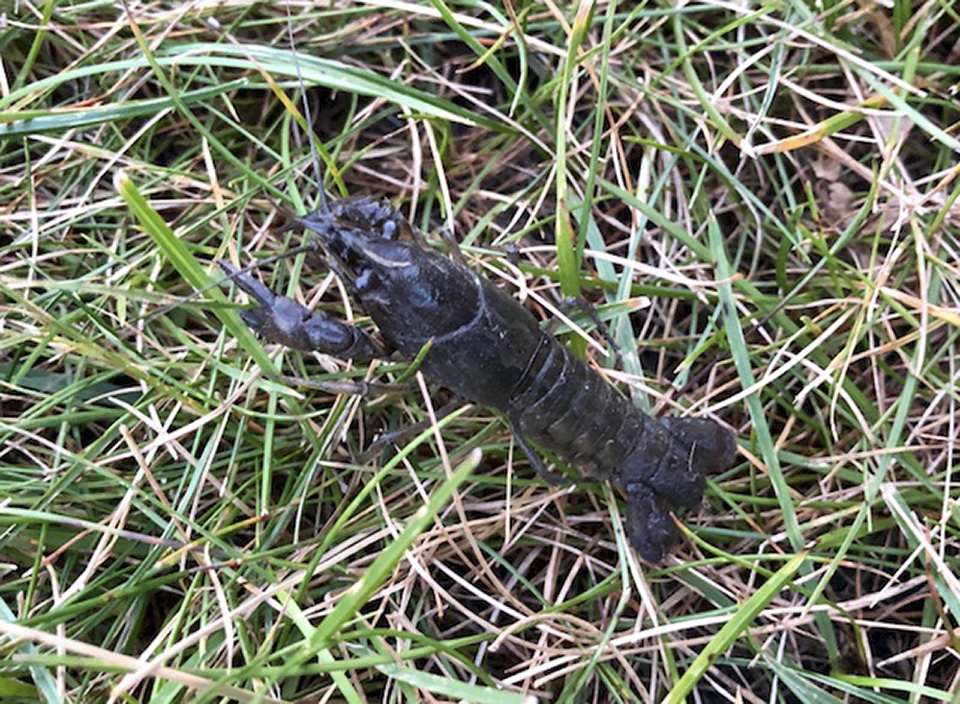
Brickwork woodlouse (Porcellio spinicornis) is a large, exotic woodlouse. It is native to Europe, where it is widespread and common. It was introduced into North America, where it now occurs across southern Canada and in the United States from Maine to New Jersey, west to North Dakota and South Dakota. It is not uncommon in Minnesota.
Brickwork woodlouse favors dry areas with limey (calcareous) surfaces. It is found in limestone quarries, on limestone pavement, in loosely mortared walls, and often in human houses. It is active at night, when it can be found on the surface. During the day it remains concealed, often under a rock or log.
Brickwork woodlouse is yellowish with dark brown to almost black mottling, and a dark brown to almost black stripe in the middle bordered on each side by bright yellow markings. One imaginative describer likened the pattern to brickwork, and this is the source of this species’ common name.
http://www.minnesotaseasons.com/Crustaceans/brickwork_woodlouse.html


